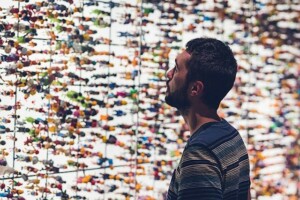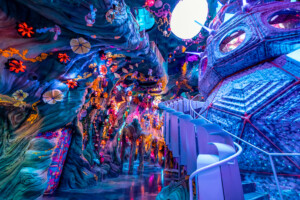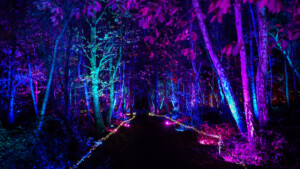3D holograms and voice-recognition technology has helped visitors learn about the Second World War at the Illinois Holocaust Museum.
A pioneering exhibition has opened at the Illinois Holocaust Museum, with a hologram of Adin Sella, talking about her life as a survivor of the Nazi outrage.
School children were enraptured by the effect, says teacher Samantha O’Neill of Chicago’s Northside Catholic Academy.
“It really does look like she is sitting on the stage in front of you,’ O’Neill said in an interview with the Times of Israel.
The stories of 13 Holocaust survivors were recorded for the exhibit, coming from Britain, Israel, Canada and the United States.
Visitors to the Illinois Holocaust Museum can ask them questions about the tragic events of World War II and hear their answers. Thousands of questions were recorded in high-definition video.
Illinois Holocaust Museum on eyewitness accounts
The importance of the survivors’ testimony cannot be underestimated, says Susan Abrams, the museum’s chief executive. “It prepares us for the day when our survivors will not be here.”
One of the holograms is of Fritzie Fritzshall. She was born in 1929 in Klucharky, Czechoslovakia. After her town fell under Nazi occupation, Fritzie, her mother, and two brothers were deported to the Auschwitz – Birkenau extermination camp.
She was only thirteen years old. Close to the end of the war, Fritzie was moved to a sub camp of Auschwitz where she worked as a slave labourer in a factory. In 1945, she was finally liberated by the Russian army, while on the death march from Auschwitz.
The Illinois Holocaust Museum’s project took nearly three years to complete and opened on 29 October. Early tests of the $5 million exhibit have been encouraging, Abrams added.
“Audiences feel even more comfortable asking their questions to the hologram, because they’re not worried that they’re going to hurt somebody’s feelings or make them upset. And so, this has really been a powerful tool,” she said.
Movie director Steven Spielberg created a foundation in 1994 that video recorded 55,000 testimonies of Holocaust survivors and witnesses. This became the Shoah Foundation, and the Illinois museum partnered with them to create the holograms.
During the Holocaust, the Nazis murdered some six million Jews, as well as millions of other people. This extraordinary exhibition is a way of preserving eyewitness testimony of what actually happened to themselves and their families.
The Forever Project
The Forever Project by the UK’s National Holocaust Centre & Museum is a similar initiative. So far the testimonies of ten survivors have been filmed and funds are being raised to record more.















